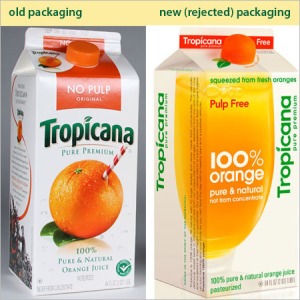Did you know that everything that is designed by nature, that appears in front of your eyes, like the wings of a butterfly, the core of a sunflower, the growth of trees or the eyes of a fly can be understood by math? Did you know that this math can be used as a way of designing beautiful and effective pieces every time?
Ok… What is that math? Well, around 1202, a mathematician named Leonardo Fibonacci found out a sequence that worked for the progressive growth of things found in the nature. He started by watching how rabbits were conceived and started taking notes of that. He saw that one rabbit couple gave birth to another one, after that, the two pairs of rabbits, gave birth to one pair and the other, to 2 pairs and so on. Doing this, we have the sequence based on adding one number with the next one: 0, 1, 1, 2, 3, 5, 8, 13, etc…
The sequence is not the point. The purpose of this is its usage.
With a division in a rectangle that gives us a ratio of 1 : 1.618 the pieces can be designed in proportion and everything will look nice. It is used in architecture, advertising, product design and many other fields. Here are some examples that can prove that it works.

Apple logo design with golden ratio – http://www.designyoutrust.com

Sonic the hedgehog – SEGA – http://www.cheezburger.com

The Parthenon – http://www.creaivebloq.com
The best way to study this? A good design principles book, a good gestalt book and lots of math classes!
See ya!


